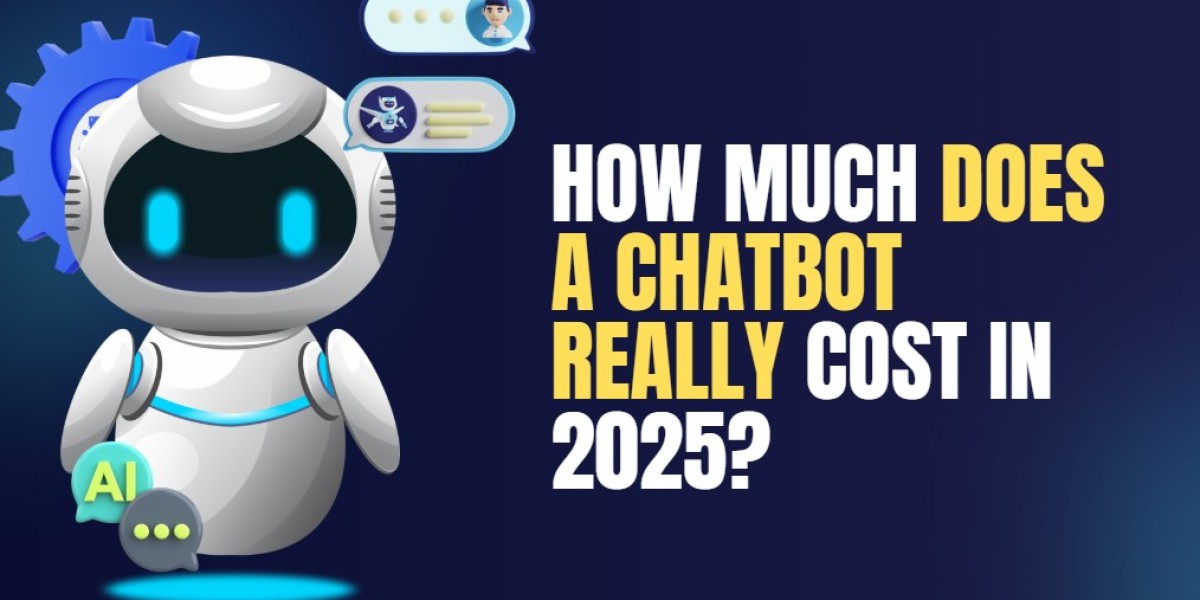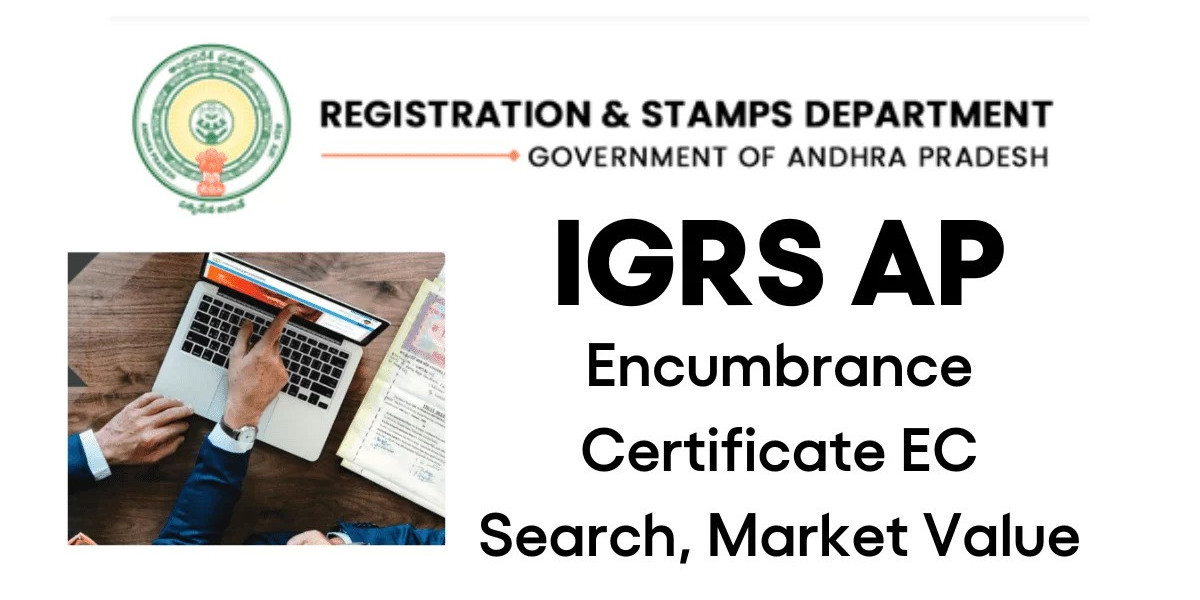In 2025, chatbots are everywhere. From customer service and sales to entertainment and education, they’ve become part of how we interact online. I often get asked about their costs—especially now that more businesses and independent creators are looking to add chatbots to their platforms. But answering that question isn't simple because chatbot pricing varies based on use case, features, and implementation method.
Their cost can range from free to well over six figures depending on complexity, customization, and purpose. So while some businesses might only need a basic chatbot to respond to common questions, others may require one that uses natural language processing, machine learning, or even personalized behavior tracking. As we look at how chatbot costs break down in 2025, it’s important to consider not just the upfront expense, but also what goes into building and maintaining them long term.
Basic vs Advanced Chatbots
It’s clear there’s a wide difference in both capability and cost between basic chatbots and more advanced ones. Basic bots often operate on simple rules—they respond to specific commands or keywords using predefined replies. These can be built quickly using drag-and-drop platforms and often come at little to no cost. We’ve noticed many startups and independent creators begin with these tools because they meet essential needs without straining a limited budget.
Still, the situation changes once a business wants more natural, intelligent conversations. Bots that handle context, remember prior exchanges, or adapt based on user behavior require deeper investment. In these cases, businesses turn to AI-driven systems that depend on natural language models, real-time data processing, and constant updates. This level of functionality demands not only higher development costs but also ongoing technical support and infrastructure to keep the bot working smoothly.
Subscription-Based Platforms
Subscription platforms are now one of the most popular ways to use chatbots in 2025. These tools offer a faster route to deployment, and many businesses prefer the lower upfront cost. We’ve tried several platforms that start as low as $20 per month for basic use and go up to $500 or more for bots with robust integrations, user analytics, and multilingual capabilities.
In comparison to custom development, these services reduce the technical load on teams and come with built-in features like templates and drag-and-drop builders. Still, the price can escalate when you add features like API access, chatbot analytics, and enterprise-grade support.
Custom AI Development
Building a chatbot from scratch gives businesses more control over behavior, design, and integration. But with that control comes higher costs. From what I’ve seen, businesses that go this route usually budget anywhere between $15,000 to $100,000, depending on how complex the system needs to be.
This includes hiring developers, training AI models, conducting testing cycles, and ensuring cross-platform functionality. For example, a chatbot that works across mobile apps, websites, and social media channels will cost significantly more than a bot that’s limited to a single website widget.
Their price also includes long-term maintenance, something businesses often forget during the initial budget phase. AI bots need periodic retraining, security updates, and sometimes full redevelopment as user behavior changes or as new features are needed.
Industry-Specific Costs
Chatbot pricing often depends on what industry it serves. In sectors like finance or healthcare, compliance and data privacy increase the cost. Bots working in these industries often need to include features like data encryption, audit trails, and identity verification.
In contrast, bots developed for marketing purposes typically include lead capture forms, behavioral analytics, and targeted content delivery. We’ve worked with teams focused on AI Marketing, and their bots usually need to segment users, trigger responses based on user behavior, and support integration with CRMs like HubSpot or Salesforce.
Similarly, bots built for entertainment or adult content have entirely different technical demands. For example, platforms that include features like AI sex chat or character simulation often incorporate multimedia processing. These bots may need voice responses, animated avatars, or image-based personalization. This kind of chatbot setup costs significantly more due to the resources and content moderation tools involved.
Visual and Creative Chatbots
Chatbots aren’t just about conversation anymore—they’re also becoming tools for visual interaction. Some platforms now offer bots that can generate images or animations based on the chat flow. I’ve come across services that combine chatbot functionality with creative tools like a NSFW image generator, allowing users to produce visual content based on their interactions.
Obviously, this kind of system has a higher cost, especially when it includes high-resolution rendering, storage, and compliance filters. These bots not only process text but also use generative AI models to create visuals, often requiring cloud GPU support and advanced moderation systems. As a result, businesses should expect to spend at least double what they would on a regular chatbot if they include such features.
Integration and API Costs
Integrations are where chatbot costs often rise unexpectedly. Businesses want their bots to work with email marketing tools, payment systems, product catalogs, booking platforms, and more. Each integration requires setup, testing, and sometimes ongoing fees to maintain compatibility.
In particular, bots used in AI Marketing often connect to tools that segment users or trigger automated sequences. These connections demand clean data flow and real-time updates, which aren’t always easy to implement. So while a platform might promise “plug-and-play” features, custom configurations may still be necessary—and that adds both time and cost.
Meanwhile, some services also charge based on API call volume. If your bot handles a high number of queries or generates content like images or video, you’ll pay more for bandwidth and compute usage.
Bot Training and Natural Language Processing
Chatbots that rely on AI models require training. This means feeding them sample conversations, correcting misinterpretations, and updating datasets regularly. I’ve seen companies skip this step to cut costs, only to face poor engagement and complaints from users.
Specifically, bots used in AI sex chat scenarios have to balance personalization with safety and compliance. Their training models often include filters for sensitive terms, context validation, and adaptive tone adjustments. These aren't features that come pre-built and require significant development effort.
Even though some pre-trained models are available on public platforms, fine-tuning them for brand-specific tone and user needs still takes time—and that effort directly affects cost.
Maintenance and Scaling
Initially, businesses often underestimate how much ongoing maintenance a chatbot requires. They assume it’s a “set it and forget it” tool, but that’s rarely the case. AI bots must be updated to reflect changes in services, language usage, or regulatory rules.
Scaling also adds cost. As traffic grows, so does the demand on servers, APIs, and storage. Platforms that support image generation or rich media interactions must account for high-volume rendering and delivery. For those using a nsfw image generator within their chatbot system, content moderation, storage costs, and image delivery pipelines quickly become significant line items in their operating budget.
Eventually, most teams realize that what started as a small monthly expense becomes a key part of their infrastructure, requiring planning and consistent funding.
Conclusion
So, how much does a chatbot really cost in 2025? The answer depends entirely on what you want it to do, how smart it needs to be, and how well it must integrate with your systems. While some basic tools remain affordable and even free, more advanced chatbots with AI, multimedia generation, and targeted marketing features come with a much higher price tag.
Whether you're running a startup or managing a larger enterprise, it's worth sitting down and mapping out not just the initial cost—but also the time, integration, training, and maintenance that go into making a chatbot truly work.








